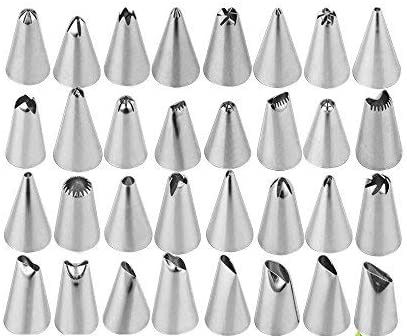
Here are 12 of my favourite Ikea products that I use in my pottery studio. If you are an amateur home ceramicist or a fully fledged studio potter, these Ikea products are going to come in handy to ease your pottery making. Here I share my favourite Ikea hacks from storage ideas to tools for making and glazing.
1. SORTERA Waste sorting bins £9 for 60l and £6 for 37l

These Plastic bins are great for storing scrap clay yet to be recycled. For a larger scale pottery they are the perfect option to store glaze materials as well. These are also stackable so they will help save floorspace in your studio which is essential for every ceramics studio.
2. SAMLA Insert for Box £3

This handled box is great for tool storage to store and then bring with you to your pottery class or move around with you in your studio. I have separate ones labelled for throwing, trimming and glazing which makes life easy when you manage to have hundreds of little tools for every and any job in the studio. And the cherry on the top is that they easily wiped clean. Happy days!
3. SOCKERBIT Storage box with lid £12

These under-bed storage boxes are great for the studio. They are great to slowly dry out your greenware pottery to minimise cracks and warping in the kiln later on. Store them under shelving or desks and just forget about them until your pottery is ready to bring out to bisque fire.
Otherwise they are perfect for storing balled up clay ready for throwing the next day.
4. HEJNE Softwood shelving 3 sections/shelves £88

This is the shelving I use in my studio and I absolutely bloody love it! Sturdy, easy to assemble and you can continue to add on the sides. You also decide how many shelves you insert and the height of each shelf. Think about how tall your work tends to be when thrown when deciding the number of shelves. Fairly wide at 50cm, these are ideal to use to store freshly thrown work and store bisque work as well. I recommend buying the plastic feet to go on the bottom to keep from water damage in often damp pottery studios.
5. HYLLIS Shelving unit with cover £13

These garden units are great for storing greenware to slowing dry out. I use them all the time as my pottery that I apply piped clay onto needs extra time for the water content to balance out so these units are great to dry them out slowly. They help reduce cracks and warping also in the bisque kiln. The shelves are quite tall for my work but I tend to stack the clay pieces so this is fine. The cover is essential to keep moisture in at a small cost.
6. RÅSKOG Trolley £39

These are great to store your many, many tools and keep by you when you are working on your clay work. Wheel around your studio between your wheel and your work bench/desk to keep it easy.
7. VARIERA Plastic bag dispenser £1.50

These are a life-saver in the studio. I store all of my plastic bags in here to wrap work up at the end of each work day. I need about 3 more of these to store all my different sized plastic bags. And at £1.50 they are a bloody bargain!
8. MAGASIN Rolling pin £3.50

Cheap and cheerful rolling pin for slab work. I find that these rolling pins with this kind of handle design where the barrel moves independently from the handles are much more useful compared to the traditional rolling pins that are made from one single piece of wood. I find you can get more pressure and an even slab with this design and ultimately you can roll out clay better.
9. GUBBRÖRA Rubber spatula £1

I use these when making glazes. I can stir the glaze ingredients in with the water and then get every bit out when sieving the new glaze with the rubbery end. An essential when making glazes. I have 3!
10. FULLÄNDAD Ladle £0.75

I use this ladle to glaze taller pieces that I can’t dip. I ladle in glaze to coat the inside then tip out glaze. Then hold the piece upside down with glazing tongs and using the ladle pour the glaze over the outside of the piece and back into the bucket.
11. BEVARA sealing clips set of 30 £1.50

I keep a lot of my glaze material in the original plastic bags they come in. Once I cut the cable ties off, I use these sealing clips to enclose the materials in the bag. Which is perfect at keeping the bags sealed and reducing dust in your studio.
12. ANTAGEN dish-washing brush £0.50

These dish-washing brushes are great for glaze stirring. If you have a stubborn glaze that collects heavy at the bottom of your bucket try these brushes to stir and break up the glaze at the bottom. A handy addition!
By Christina Goodall
Read my other blog posts here.
www.christinagoodallceramics.com
























